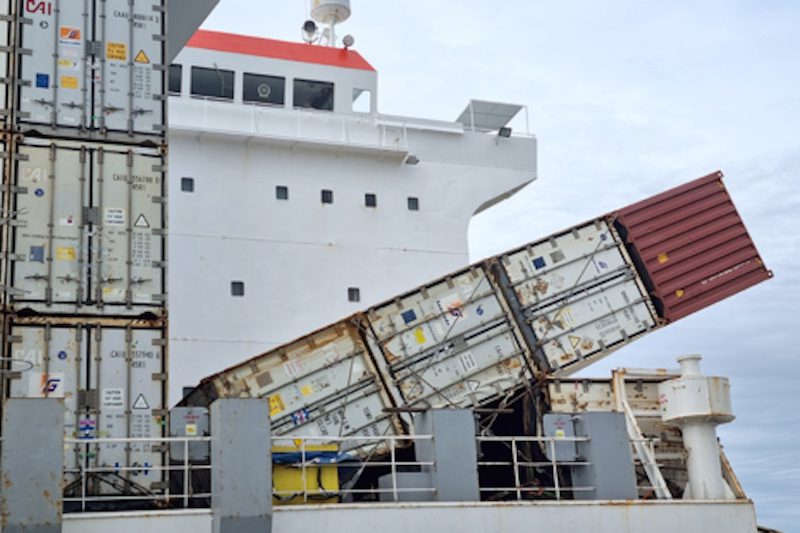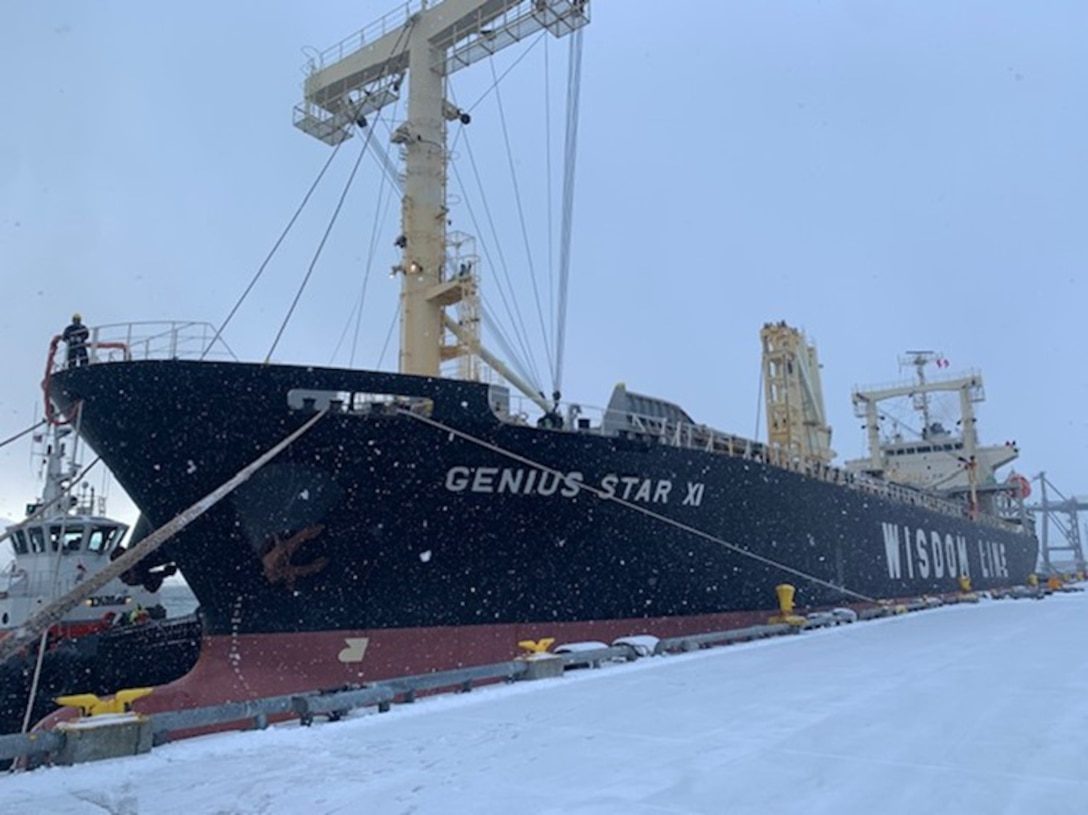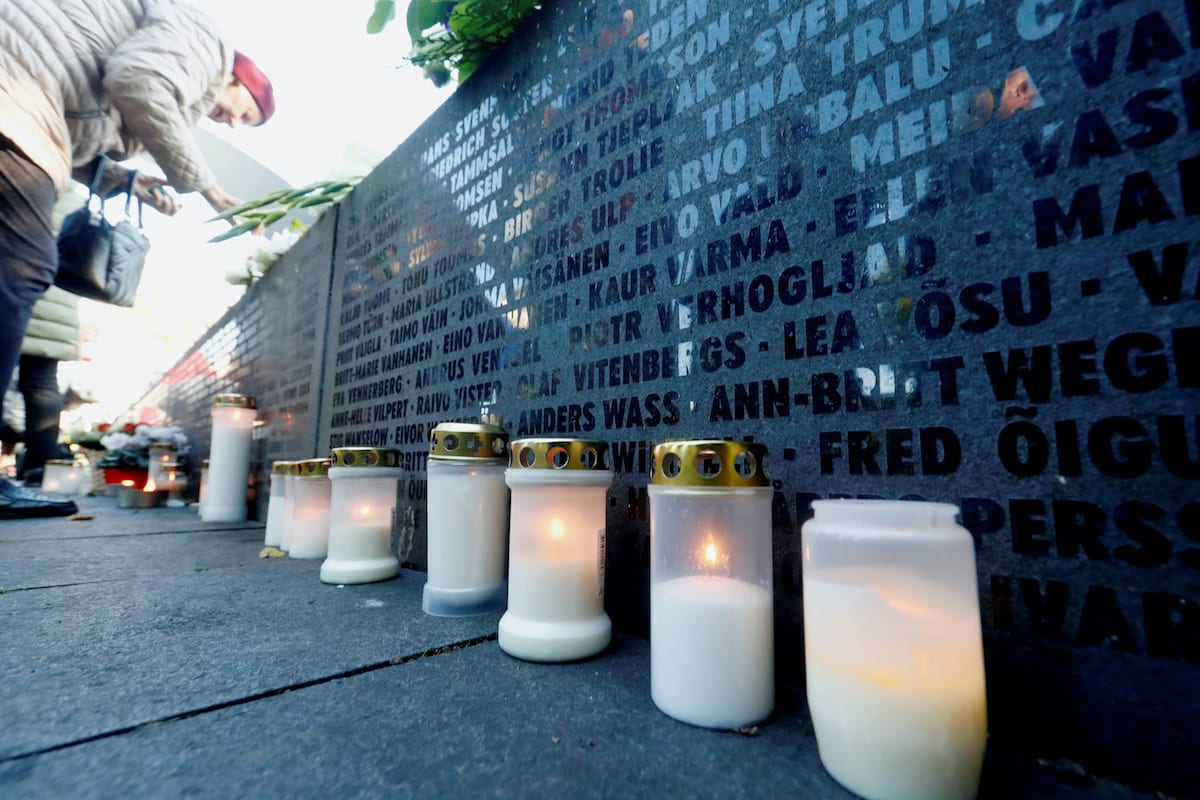By Vel Moonien in Mauritius,
A Mauritius Coast Guard watch officer has come under fire in the investigation into last year’s grounding of the Wakashio ore carrier at Pointe-d’Esny, resulting in the island-nation’s worst environmental disaster. The officer, Constable Ujoodha, looked at his screen only once even though he saw that the vessel was 11.5 nautical miles from the coast when it should have been 20 nautical miles away.
He did see that the MV Wakashio had deviated from its course, but ignored it and chose instead to concentrate on other administrative work. Constable Ujoodha was the officer in charge of the radar surveillance of Mauritius’ territorial waters at the headquarters of the National Coast Guard (NCG), in Fort-William, Port-Louis, at the time of the accident on July 25, 2020.
Summoned before a special Court of investigation tasked with shedding light on accident, Constable Ujoodha was blamed for his “negligence”. During the 180 minutes of his hearing, he admitted that he only looked at the radar screen once at around 6:05 p.m., about two hours before the ship grounded, when the MV Wakashio was 11.5 nautical miles from the south-eastern tip of the Indian Ocean’s island.
Technically, the vessel was making an innocent passage and should have been 20 nautical miles away. Constable Ujoodha said that he was not overly concerned because after the procedural checks with the Anti-Drug and Smuggling Unit and the French authorities on the neighboring Reunion Island, the vessel was not considered as suspicious or a threat to the security. It was when he found that the ship was 6 nautical miles away, 65 minutes later, that he asked radar station at Pointe-du-Diable to establish radio contact with the captain of the Wakashio.
The Chairman of the Court of Investigation, ex-judge Rafeek Hamuth, did not fail to ask the officer why he chose to turn to the radar station of Pointe-du-Diable to make contact with the captain when the coast guard stations of Blue-Bay and Mahébourg were the closest to the ship. “It seems that you failed to assess the situation?,” the Chairman asked, only to be met with silence.
“You have not followed up with the Pointe-du-Diable station. You are admitting you were negligent,” former Judge Rafeek Hamuth said.
Meanwhile, Constable Sujeebhun from the Pointe-du-Diable radar station, indicated that he unsuccessfully attempted to contact the captain of the ore carrier seven times as of 6:15 p.m. He maintained that he did not take his eyes off the radar screen, rather he did not think that the MV Wakashio was a threat. At 7:10 p.m., he called the NCG HQ alerting them there of the situation. In his opinion, the captain was probably busy with other communications, which would explain why he did not respond to his calls.
He was given a hard time by marine engineer Jean-Mario Geneviève, one of Rafeek’s assessors, about his interpretation of the images on his radar screen. While Constable Sujeebhun maintained that the vessel was parallel to the lagoon of Pointe-d’Esny, Jean-Mario Geneviève reminded him that the screenshots in the court’s possession clearly show that the Wakashio was heading straight for land.
Between 18:00 and 19:25, however, no message from the NCG was recorded on the ship’s VDR, Mauritius’s police stated in October 2020.
During a press briefing on the progress of the investigation, Assistant Superintendent of Police (ASP) Roshan Kokhil had pointed out that this could be explained by the fact that the ship’s VHF was turned off, that the volume had been turned down, that the NCG contacted the ship on a different frequency, or that the VHF antenna was disconnected.
It was not until about 8:05 p.m. that the Coast Guard station in Blue-Bay, near Pointe-d’Esny, was able to speak to the captain. For ASP Kokhil, the investigation has not shown any “mishap” from the NCG in the handling of the situation on the night of the accident.
Later in the Court of investigation, another officer of the NCG revealed that of the four radar stations on the Northern, Eastern and Southern coasts of the island, only the Pointe-du-Diable post was fully operational. A third officer admitted it was a member of the public who had alerted the NCG about the grounding.
A fourth officer based in Blue Bay, next to Pointe d’Esny, said he tried to approach the ship on a dinghy, but could not do so due to low tide and high waves on the other side of the barrier reef. This officer has also been criticized for having tuned his VHF on a frequency used to communicate with the HQ of the NCG and not the one which could be used to get in touch with an incoming vessel.
The Court of Investigation also heard Captain Alan Stephen, former inspector for the Mauritius Ports Authority (MPA), the organization managing the Port-Louis harbor. This former manager of the Port-Mathurin harbor in the autonomous island of Rodrigues maintains that the Mauritian authorities did not take ample measure of the situation after the grounding. He regrets the fact that, although the ship’s captain revealed the presence of 4,000 tons of heavy oil on board, booms capable of catering to an oil leak of up to only 10 tons had been deployed in the lagoon.
For Alan Stephen, now a lecturer at the Mauritius Maritime Academy, the Ministry of the Environment is to blame for the oil spill, not the Ministry of Shipping. Recalling a similar accident with the “MV Benita” in 2016 in the same region, he wondered why buoys with solar-powered lights were not installed in the south of the island. For his part, former sailor Dani Appave said that Mauritius could have asked for help from the French authorities in Reunion Island by airlifting booms as soon as the ore carrier ran aground.

 Join The Club
Join The Club










